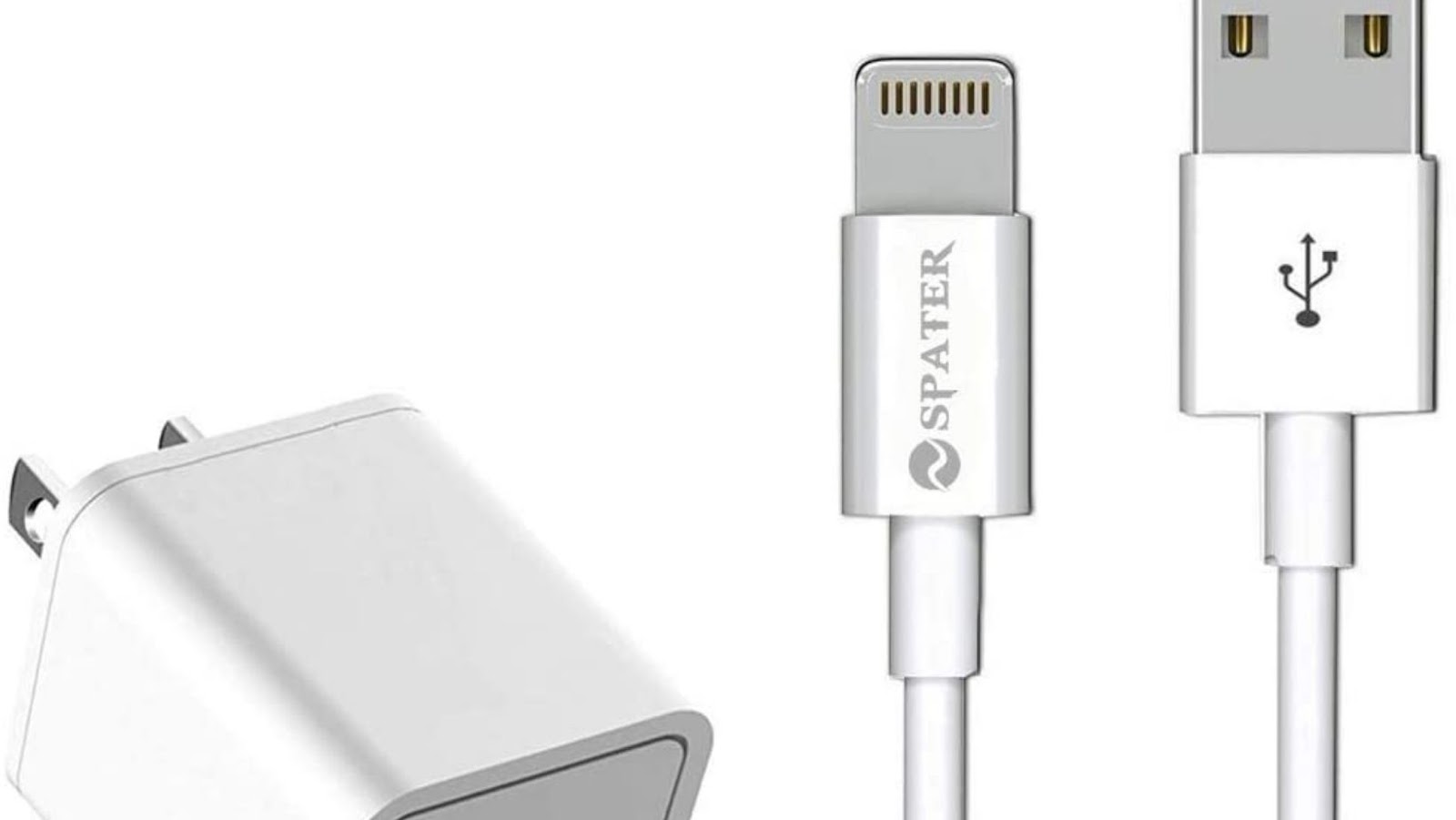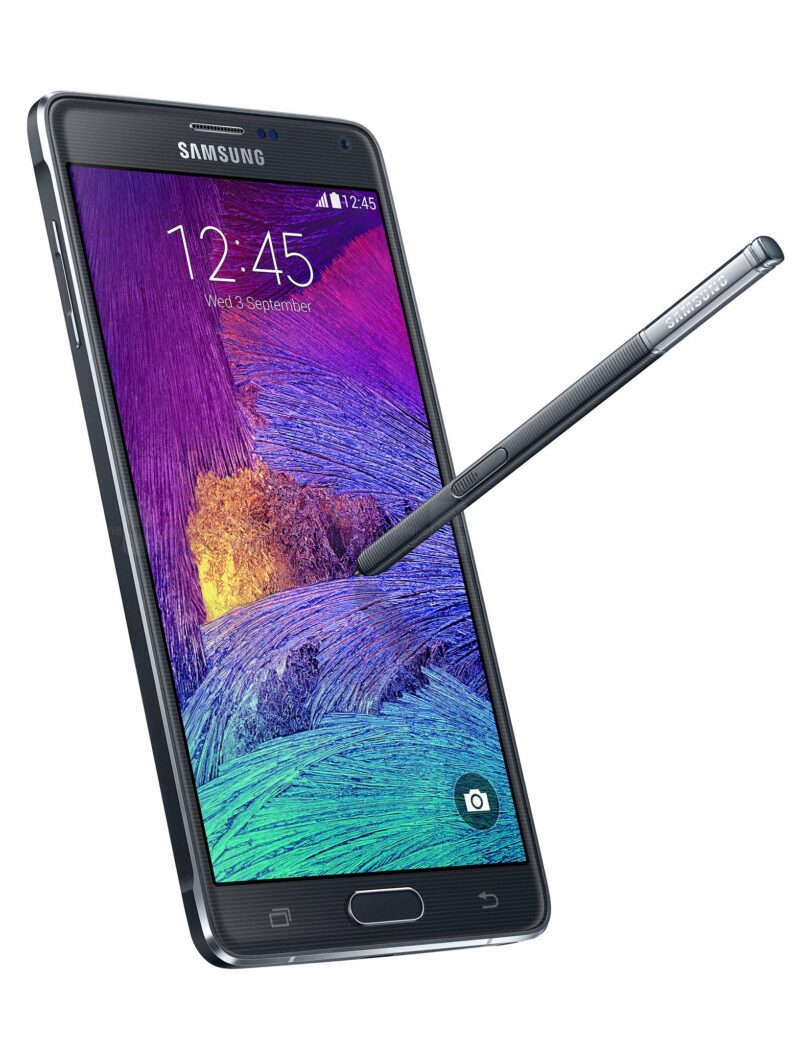
As technology advances, we are constantly using new gadgets that need to be charged. Most of us know to bring our USB charger when traveling, but do you know how much current your charger puts out? It’s important to understand the requirements of your devices in order to choose the right charger for the job. In this blog post, we will explore what the required output current of an usb charger is and why it matters.
When it comes to charging our smartphones and other devices, most of us automatically think of using the ubiquitous USB port. But what is the required output current of an usb charger? And does your smartphone or device have a specific requirement for the charger.
How much mah to charge iphone
How do you know how much mah to charge your iphone for each cycle? It can be confusing with all of the conflicting information on the internet. This blog post is going to give you an easy guide on how to correctly charge your iphone.
According to Apple, you should only charge your phone 50% to 80% in order to optimize the life of your battery. So, if you have an 8-pin charger, start by charging it for 2 hours and see if that’s enough. If not, keep charging it in 30 minute increments until it is fully charged. For a 4-pin charger, start by charging it for 1 hour and see if that’s enough.
What is an USB charger and what does it do?
An USB charger is a device that charges batteries by supplying power through the universal serial bus (USB) port. It is important to choose the right USB charger for your devices because not all chargers are created equal. The required output current of an usb charger varies depending on the device you are charging.
For example, iPhones require a charger with an output current of at least 1A, while iPads require a charger with an output current of at least 2.4A. If you use a charger with too low of an output current, it will take longer to charge your device.
How is the output current of an usb charger determined?
The output current of an usb charger is determined by the USB port. The USB port on a computer typically has an output current of 0.5A, while the USB port on a wall charger typically has an output current of 1A.
There are a lot of variables that go into the design of an USB charger, and one of the most important is determining how much current it will output. This can be a tricky process, as there are many factors to take into account. In this blog post, we’ll take a look at some of the ways USB chargers determine their output current, and how you can choose the right charger for your needs.
What factors can affect the output current of an usb charger?
There are a few different factors that can affect the output current of an usb charger. One of the most important is the USB port you’re using. The USB port on a computer typically has an output current of 0.5A, while the USB port on a wall charger typically has an output current of 1A. Another factor that can affect the output current is the type of USB charger you’re using.
Some USB chargers are designed to only provide a certain amount of current, while others can provide more or less depending on the needs of the device they’re charging.
What are some safety concerns to consider when using an usb charger?
There are a few safety concerns to consider when using an usb charger. One of the most important is to make sure you’re using a charger with the correct output current for your device. If you use a charger with too high of an output current, it could damage your device.
Another safety concern is to make sure the charger is properly ventilated. Chargers can get hot when in use, and if they’re not properly ventilated, this can lead to a fire hazard.



